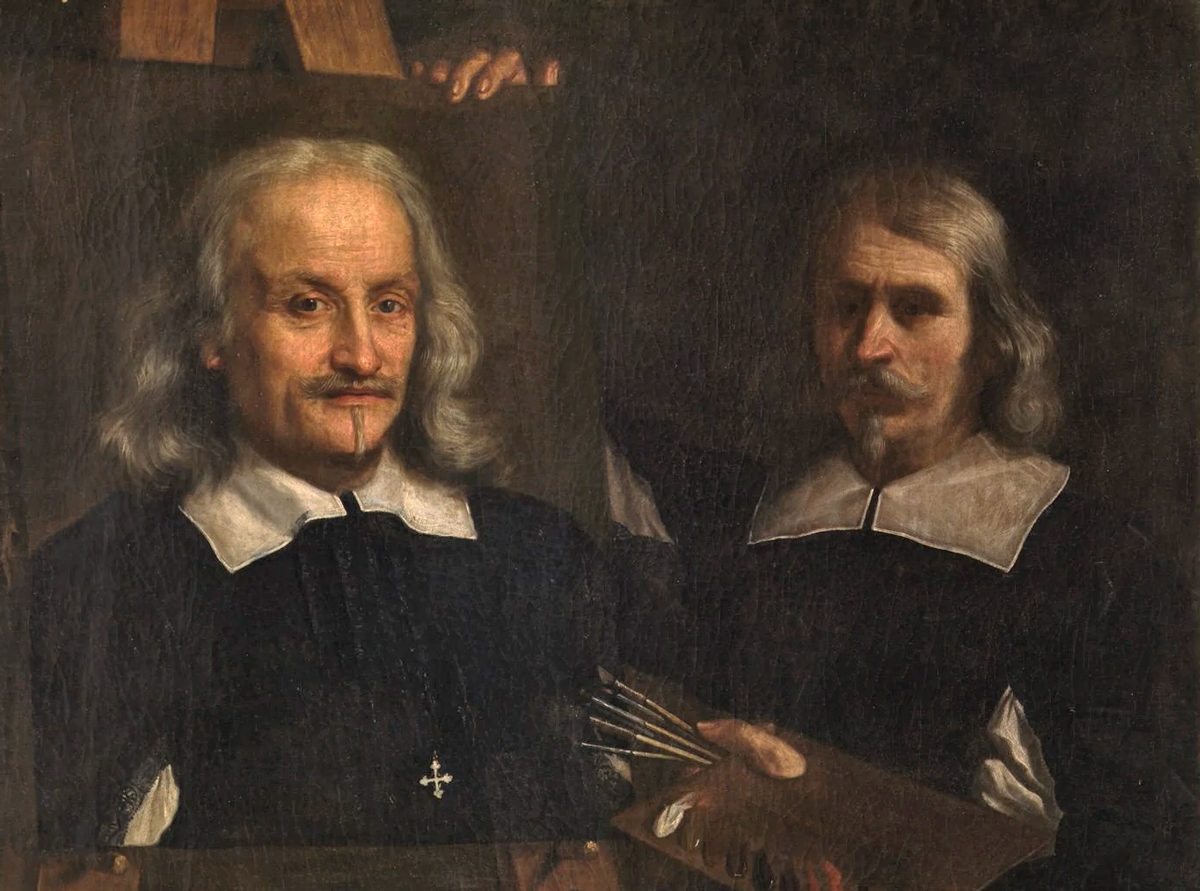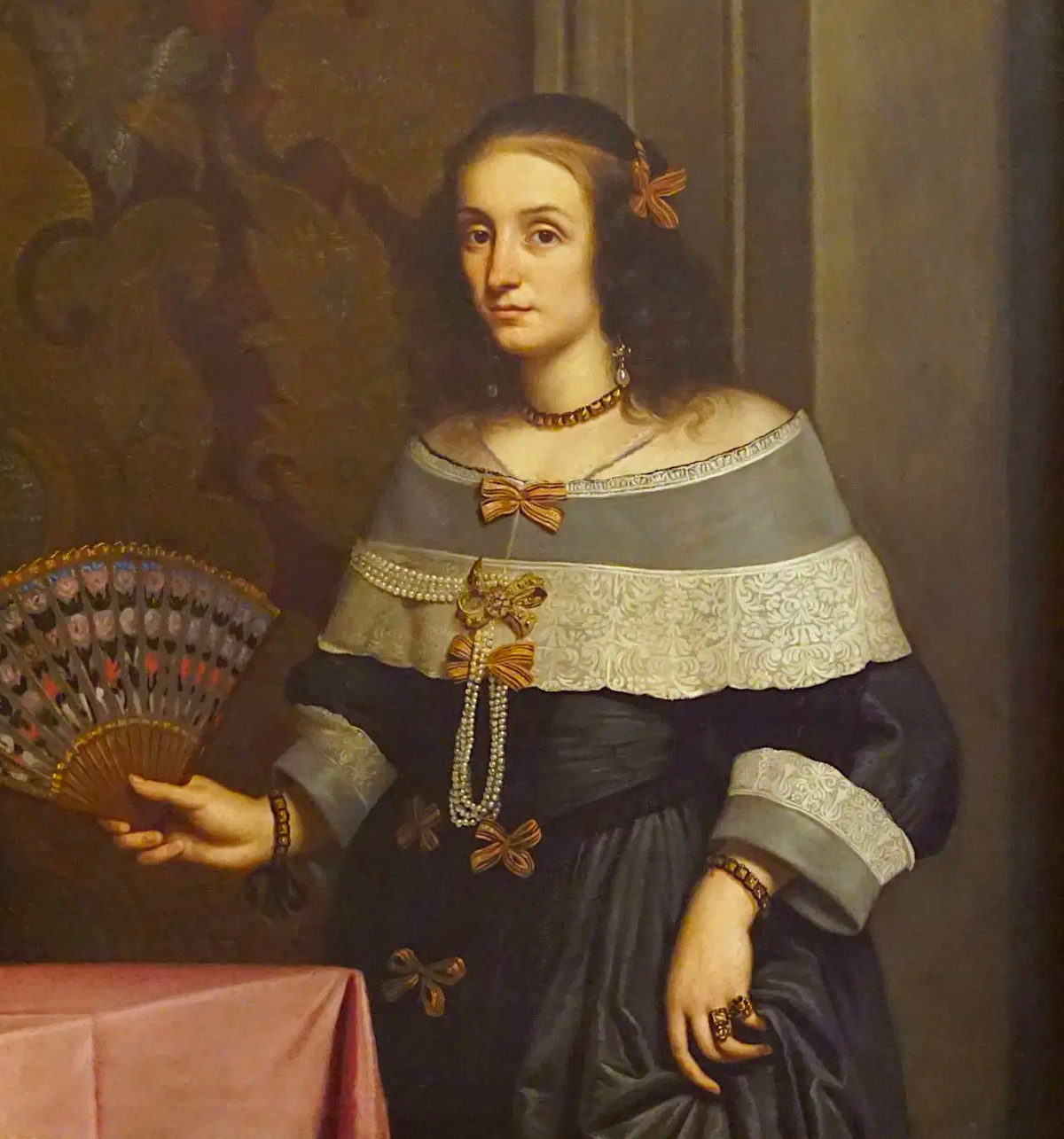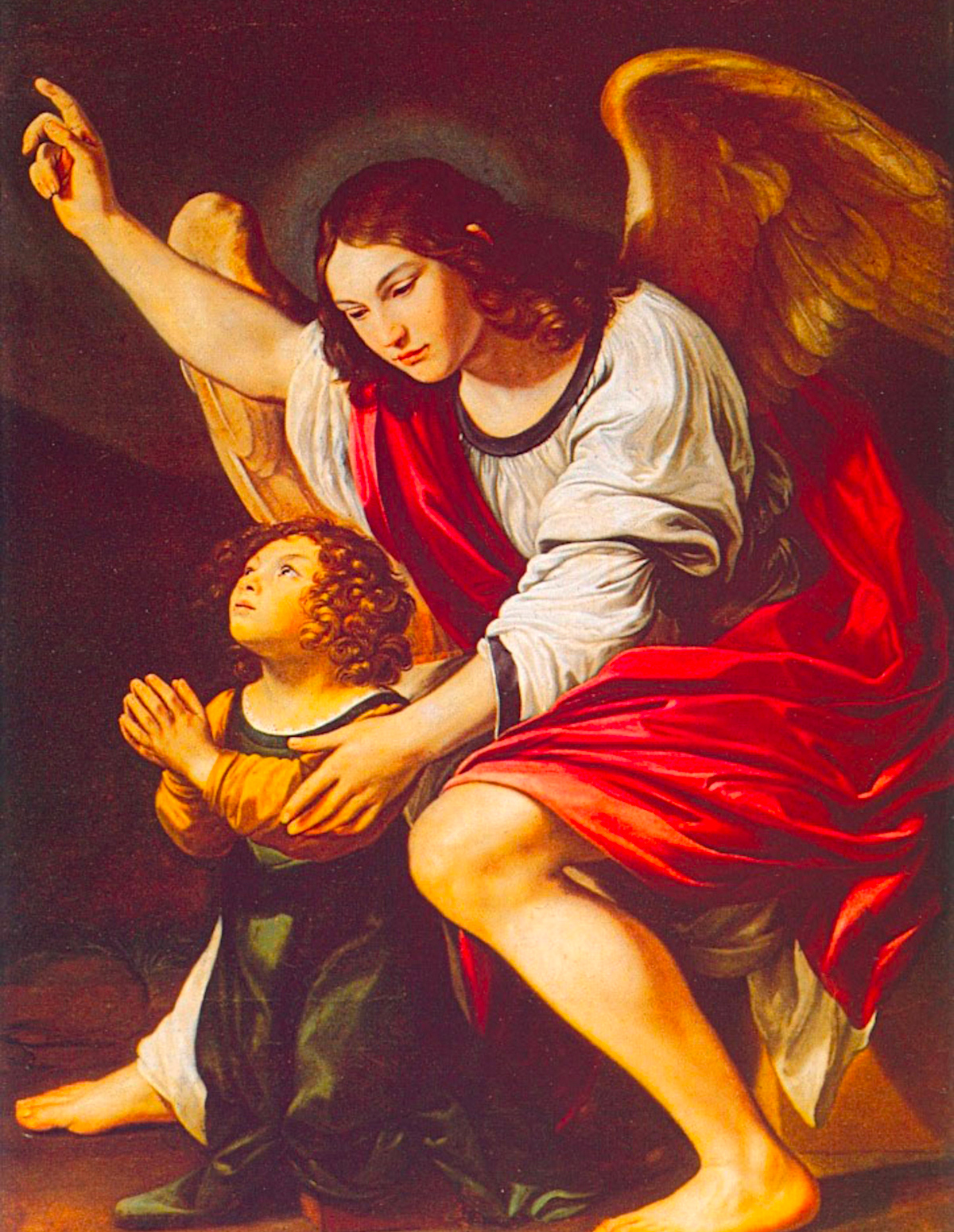Immersing oneself in the world of Guercino means exploring a fascinating universe of talent, relationships, and an artistic legacy that spans centuries. Precious documents, such as the renowned Book of Accounts, letters with his patrons, payment receipts, and joint wills with his brother Paolo Antonio Barbieri, provide a vivid snapshot of an era when art was not only a creative expression but also a thriving enterprise.
In addition to these testimonies, we find the Ristretto de' successi accaduti circa la Vita e ammirabile virtù del Sig. Caval. Gio. Francesco Barbieri, published in 1678 by Carlo Cesare Malvasia, and the Raccolta di memorie by Benedetto Gennari, who applied the working methods learned in his uncle's workshop.
These texts offer a privileged insight into the figures who surrounded Guercino—ranging from his pupils and collaborators to those who endeavored to carry on his unmistakable painting style, the so-called "epigones."

Reconstructing the activities of Guercino's workshop is a complex task, given the rich and multifaceted artistic and entrepreneurial landscape that developed between Cento and Bologna over three generations. However, what clearly emerges is the legacy left by his followers, who were able to emulate the master's extraordinary ability to capture the depth of expressions and faces.
Interpreting with personal sensitivity the religious and mythological themes so beloved by Guercino, these artists managed to preserve his influence, sometimes achieving significant notoriety and contributing to the spread of their master's style both across Italy and beyond.
A close-knit group of family members and students, or students who became part of the family, were admitted into the inner circle of the master, becoming integral members of his community.
The success Guercino achieved early in his career had a profound impact on the organization of his workshop. Soon, the need arose for highly skilled artists capable of absorbing part of the master's workload. It was within this context that, in 1616, what can be considered a true "Accademia del Nudo" was founded, becoming a point of reference for the young artists of the time, as was customary among the greatest masters.
Guercino's studio was managed through a division of roles, with specialized skills developed in different genres and a focus on the production and circulation of copies of the master's works. An example of this is the magnificent "San Bruno in Adoration of the Madonna in Glory" (1647), where Guercino's brother, Paolo Antonio, demonstrates his remarkable skill as a still-life artist.
It was in this environment that artists were trained who would later establish their own independent careers, including Guido Cagnacci and painters now regarded as the absolute heirs to Guercino's technique. Among these, Bartolomeo and Ercole Gennari stand out, along with Cesare and Benedetto Gennari (Guercino's nephews and students), Matteo Loves, active in Cento from 1625 to 1662, Benedetto Zalone, also known as Zalone da Cento (Pieve di Cento, 1595-1644), and the lesser-known Modenese painter Filippo Conventi.

Benedetto and Cesare Gennari, sons of Lucia Barbieri (Guercino’s sister) and Ercole Gennari, were part of the third generation of painters from Cento. As heirs to their famous uncle’s flourishing workshop, they inherited an invaluable collection of drawings and paintings, both original works and copies of Guercino’s masterpieces, highly sought after by collectors across Europe.
Far from simply preserving Guercino’s fame and memory, the two brothers actively shaped their own careers, responding to the evolving demands of a rapidly changing art market increasingly oriented toward international courts. Benedetto Gennari excelled as a portraitist, a history painter, and a masterful copyist of his uncle’s works, while Cesare Gennari was celebrated for his ability to capture emotion with remarkable finesse.

In recent years, Matteo Loves, an exceptional painter originally from Cologne, has undoubtedly entered a phase of rediscovery. Numerous documents attest to his presence alongside Guercino and his first arrival in Cento in 1625.
Trained in Northern Europe, his painting underwent a profound transformation following his encounter with Guercino, incorporating striking chiaroscuro contrasts and a heightened naturalistic sensitivity.
In October 1632, he accompanied Guercino to Modena to the court of Francesco I d'Este, where, in the early months of 1633, his pupils created four copies of the two portraits of the dukes, executed by the master, which became highly sought after. Loves spent his artistic maturity in Emilia, where he became a close collaborator of Barbieri.
By October 1640, he is recorded as residing in Bologna, and on October 9, 1641, he signed the contract for the altarpiece "Madonna and Child with Saints Peter and Paul" for the Church of Saints Peter and Paul in San Pietro in Casale (BO), a work still preserved in the church today.
In 1643 and 1644, he is listed in the parish records of San Martino in Bologna, but after this date, his trail fades. A document dated November 23, 1647, regarding his eldest daughter, Francesca, confirms that Loves had passed away before this date, leaving behind an artistic legacy yet to be fully explored.
DISCOVERING GUERCINO
DOWNLOAD THE MAP!An itinerary through Guercino's Baroque art, among art cities, churches and palaces, museums and private collections
- Civica Pinacoteca il Guercino (Cento, FE): www.civicapinacotecailguercino.it
- Pinacoteca Nazionale di Bologna: www.pinacotecabologna.beniculturali.it